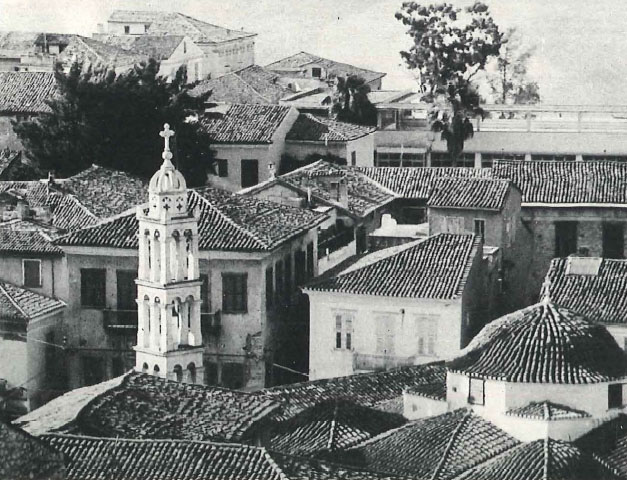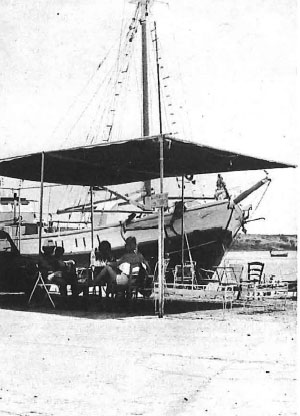Naufplion, Mycenae, Epidauros, Porto Heli
At the head of the Gulf of Argolis is the seaport of Naufplion, the first capital of modern Greece and the commercial centre of the surrounding area. Since early times Naufplion has played an important part in Greek history. Tiryns, Argo and Mycenae ·_ three ancient fortified towns close to the city-remind the visitor of the wealth of an earlier civilisation.
The ruins of Mycenae, the Theatre at Epidauros, the beach at Tolon just south of Nauplion, are just some of the attractions of the district. The people in the area claim that nowhere else in Greece can a visitor find so many places of interest in such a compact space. Nauplion, with its towering castle and quaint Venetian streets, was associated with the famous inventor, Palamides, who is credited, among other things, with giving us the lighthouse. It is not the sort of place one can cover on a flying visit, but it is the sort that makes a few days stay really memorable – it is a very attractive spot and a great favourite with the yachting community.

Just north of Naufplion a road branches off to Mycenae and the ruins of that once royal city with the famous ‘Lion Gates.’ Near the ruins is a small hotel including a very attractive restaurant with rough stone walls and a pine ceiling. The decorations consist of old copper utensils and vessels in all shapes and sizes; the floor is made from smooth stone slabs. (They should be smooth for, until recently, they were part of the streets of Piraeus!).
Further south is Argos which, alone of the three famous fortified towns, has retained any importance. Over to the east is Epidauros: to be more correct, Old Epidauros, New Epidauros and the better-known Epidauros Theatre.
Whilst New Epidauros is built on the mountains, Old Epidauros is a delightful little port lying at a point where the rocky coastline is broken by a small plain rich in orange and lemon groves.
Old Epidauros is too often overlooked by visitors to the area. The oranges, themselves, are a story- mostly of the ‘navel’ variety and so juicy that three to a kilo is about average – and a fit introduction to striking up conversations with people in the area.
From Epidauros one may drive over the mountains, on a well-surfaced road, to the Ermioni coast and Porto Heli.

Ermioni is only a dot on the map, but this is the name that has been given to an area at the southern tip of Argolis – that delightful eastern part of the Peloponnese lapped by the waters of the Saronic Gulf to the east, the Gulf of Hydra to the south and the Gulf of Argolis to the west.
Porto Heli is best described as a typical Greek fishing village, with many tavernas all of which serve real fresh fish and seafood. One’s first impression is that the tavernas outnumber the houses!
The harbour usually contains trading caiques, private yachts, and fishing boats. The resulting activity calls for a movie camera. Little Porto Heli also has an airstrip which can accommodate light aircraft, such as the ‘Islander’ and the ‘Skyvan.’ Close to the airstrip are five good hotels and further round the coast – at Ermioni itself, at Kosta and another small village, Petrothalessa – there are many more. They are fine, modern hotels with all sorts of facilities (water sports are particularly popular in this sheltered corner) and modern conveniences. The existing hotels on the Ermioni coast, as well as new projects already in hand, will shortly provide 7,000 beds.
This area is a good jumping-off place for the nearby islands of Spetse – green, lush and very popular; Hydradry and rocky but popular with artists; and Poros – the closest to Piraeus and a favourite summer resort.
One may also drive to Galatas (opposite Poros) and straight aboard a ferry-boat. As soon as the car is safely parked on the main deck, climb the ladder to the saloon, order a coffee, turn your back on the Ermioni coast and look ahead to Piraeus – and the happy thought that someone else is doing the driving!







